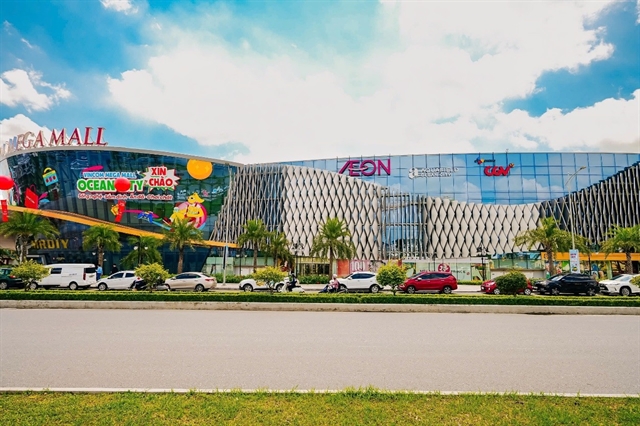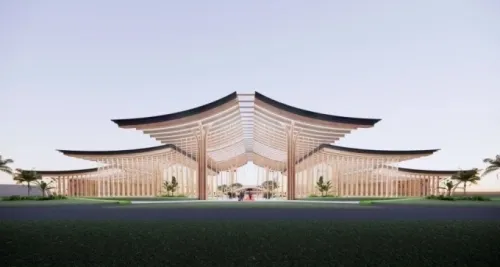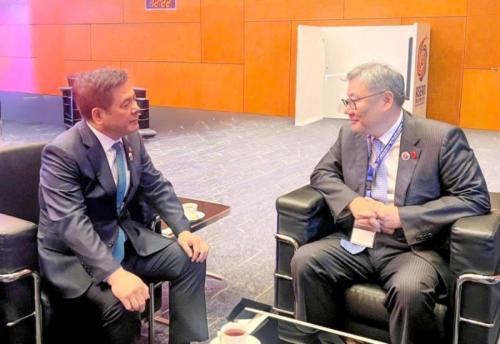AEON Vietnam opens AEON Văn Giang GMS in Hưng Yên
Executive Officer, Chief Vietnam Business Officer of AEON (Japan), General Director of AEON Vietnam, Tezuka Daisuke confirmed that AEON Group identified Việt Nam as a key strategic market alongside Japan.
HƯNG YÊN — AEON Vietnam has officially opened its AEON Văn Giang General Merchandise Store (GMS) in Hưng Yên Province, marking its first outlet in the province and its first inside a commercial centre operated by Vingroup.
As the 11th GMS of AEON Group in Việt Nam, AEON Văn Giang is designed to meet the daily needs of young families while positioning itself as a trusted shopping destination for the fast-growing community in Eastern Hà Nội.
Located in the Vincom Mega Mall Ocean City Shopping Centre, the store mainly targets parents in their late 20s to early 30s with one or two young children. It aims to provide everything they need in one convenient location.
Covering a total floor space of 7,550sq.m, including nearly 5,400sq.m of retail area, the store employs about 400 full-time and part-time staffs.

Speaking at a press conference on the occasion of the opening of AEON Văn Giang General Merchandise Store on October 2, Mr Tezuka Daisuke, Executive Officer, Chief Vietnam Business Officer of AEON (Japan), General Director of AEON Vietnam, confirmed that AEON Group had identified Việt Nam as a key strategic market alongside Japan.
“Since 2014 to date, the AEON Group has invested US$1.5 billion in Việt Nam, one of the key overseas markets outside Japan. AEON has also set a goal to expand its operations in Việt Nam to triple its current scale by 2030,” said Daisuke.
“In the next 10 years, a similar level of investment will be needed to expand AEON's retail system in the Vietnamese market.”
Daisuke added that the company would focus its activities on expanding the retail system in Hà Nội, HCM City, the Red River Delta, Cửu Long Delta and the central regions of Việt Nam. It will prioritise expanding its retail network and opening more medium-scale shopping centres in an effort to achieve a 30 per cent increase in sales in the coming years.
AEON opened its first shopping centre, the AEON Tân Phú Celadon, in HCM City in 2014. To date, AEON has expanded its operations to nearly 150 stores under AEON Vietnam and nearly 300 stores across the group.
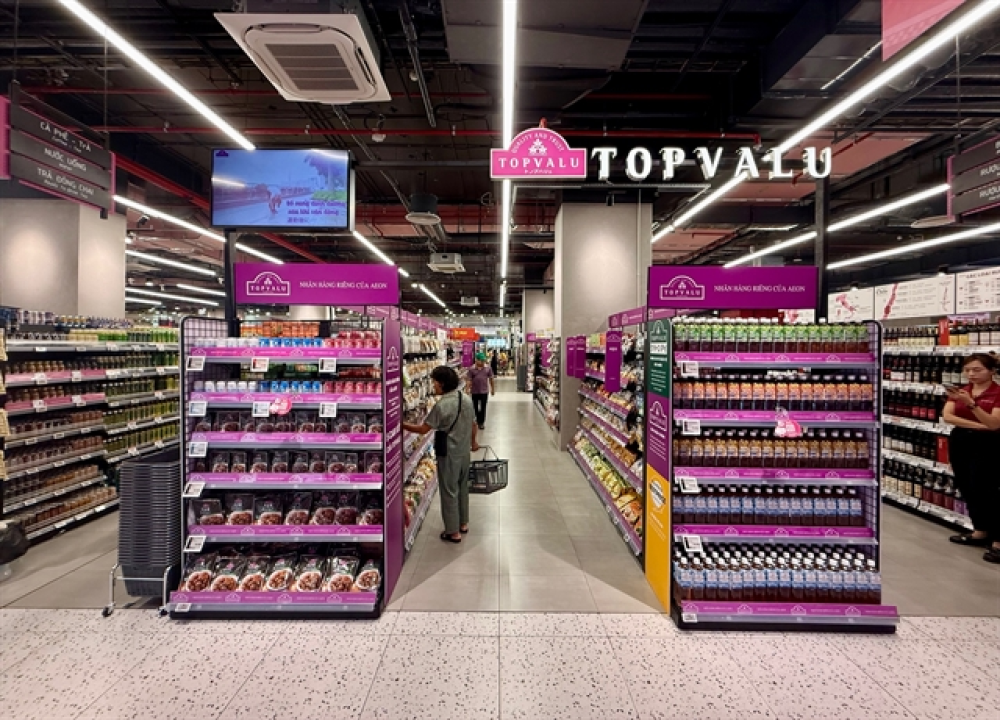
AEON Văn Giang is an all-in-one destination directly connected to Hà Nội, designed for young families seeking both daily convenience and a modern, comfortable lifestyle. With Japanese-quality products, thoughtful services and easy access, it makes everyday shopping a joyful experience.
The AEON Văn Giang GMS is designed to support young families in their daily lives by making shopping easier and more enjoyable with the AEON supermarket. Customers can find a wide variety of safe, high-quality food, including exclusive imports and Việt Nam–Japan-inspired dishes for everyday meals.
Beyond daily shopping, AEON Văn Giang is also a culinary destination with its Delica area, where families and groups of friends can enjoy a wide variety of cuisines from Vietnamese to Asian tastes.
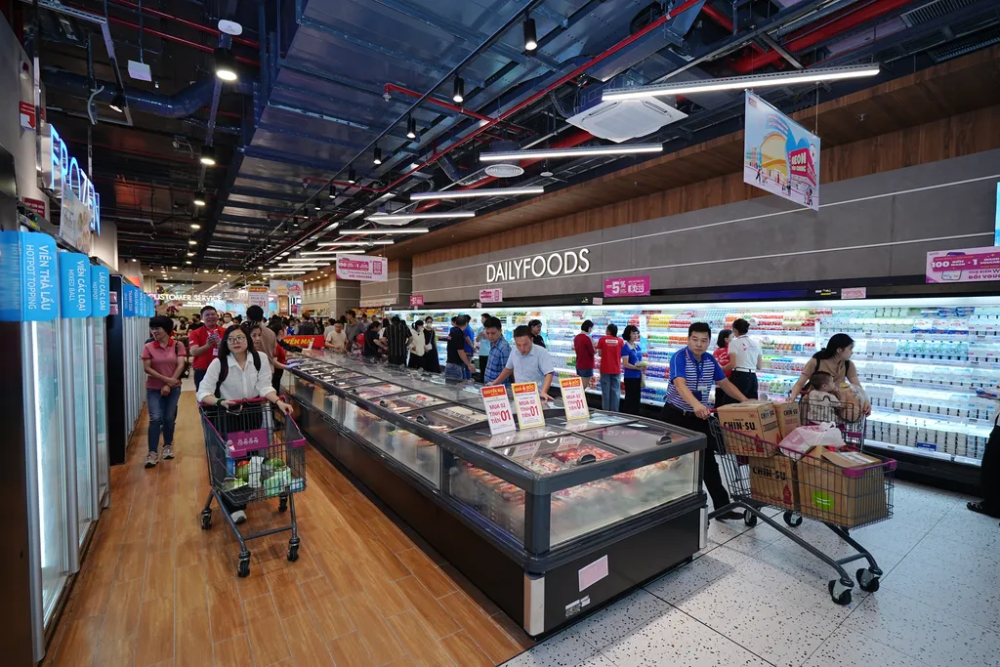
Meanwhile, AEON’s specialty stores enrich family life by providing one-stop shopping for all daily needs, offering top-selling and trend-leading assortments. At HÓME CÓORDY, Glam Beautique and MYCLOSET, AEON inspires new lifestyles, beauty and fashion for families, bringing both practicality and a touch of modern sophistication to everyday living.
Supermarket areas deliver a wide variety of reliable, high-quality products to meet customers’ everyday needs. Fresh produce, seafood and other daily perishables are carefully selected, with organic items, imported specialties and seasonal offerings adding diversity to the range.
Customers can also find premium products for special occasions and better living — such as Japanese fruits, Norwegian salmon and Tasmanian beef — available exclusively at AEON.
Source: VNS
Photo: Photo courtesy of the company

